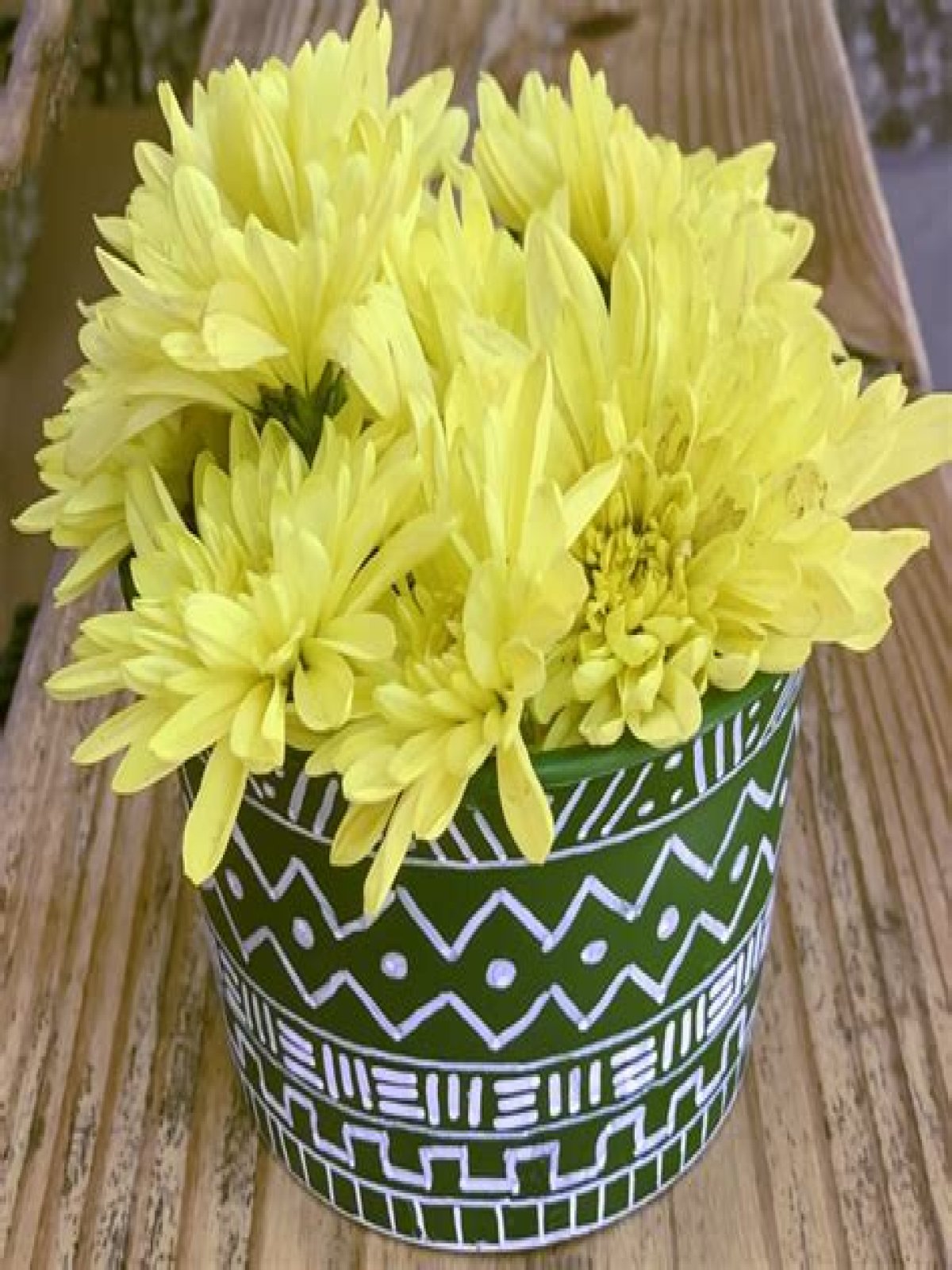Plastic pots are the only pots you will need to paint. Paint brushes made from acrylic paints or gloss enamels (these are outdoor and waterproof, but we used the less waterproof acrylics). Pens made from plexiglass (if you wish, sharpies would work as well).
Wood or ceramic pieces are better suited to acrylic paint. However, it can be used on plastic items if you apply the right sealers. As the item is handled or touched, the paint will come off more rapidly. Plastic items can be sealed with sealers and base coats to give them a better appearance when using acrylic paint.
What is the best paint to use on plastic flower pots?
Plastic pots are the most basic materials needed. Paint with acrylic, chalk, or gloss enamel.
Will acrylic paint stick to flower pots?
In my experience, acrylic and spray paint are both paints suitable for terracotta pots. For this project, I’ll be painting terracotta pots with acrylic craft paint. But I have used spray paint for clay pots before too, and it works just as well.
Can I paint plastic garden pots?
Painting plant pots is a great way of using up left over spray paint from previous projects and can be complete in just a few hours. As well as injecting colour, spray paints can add texture to your everyday, plastic plant pots.
Does acrylic stick to plastic?
Will Acrylic Paint Stick to Plastic? No, not unless the plastic has been prepared by sanding it first, then spraying on a primer. Because plastic is smooth and non-porous, and acrylic paint has a similar consistency when dry, the paint cannot adhere to the plastic.
How do you paint plastic pots with acrylic paint?
Tips that always works for me: Clean the pot with soap and water.Let it dry.Lightly sand the outside of the pot with a fine-grit sandpaper.Wipe the planter using a damp cloth to remove all dust.Paint with choice of paint.Let the pots dry.Use a sealant to protect your garden pot paint.Let it dry overnight.
What kind of paint will stick to plastic?
Use paints that are specifically formulated to adhere to plastics. There are several available on the market such as Krylon Fusion for Plastic® , Valspar® Plastic Spray Paint , and Rust-Oleum Specialty Paint For Plastic Spray . If using regular spray paint then your item will need to be primed.
Is acrylic paint waterproof?
Although it might be slightly water-resistant, it does not provide a waterproof coat. To make it waterproof, add a sealer over the acrylic paint. If you have not treated the surface in any way and the paint is still wet, the rain can wash away the acrylic paint.
How can I hide my plastic plant pots?
I found that there are 8 ways you can cover your plastic plant pots: TIE-AROUND. The easiest way to pretty-up a plastic pot is to tie it with fabrics, ribbons, ropes or twines.Fabrics. You can cut a strip of fabric to tie into a bow. Ribbons. Twines/Ropes/Cords. FINISHES & TEXTURES. Paint. Decals or Vinyl Appliques. Decoupage.
How do you seal acrylic paint?
Instructions Make sure your acrylic painting is dry before applying the varnish sealer.Apply the first coat of varnish with a wide base coat brush. Wait for the first coat to dry.Apply a second coat going the opposite direction of the first coat.Wait for the second coat to dry.
Does acrylic paint wash off?
Acrylic paint can wash out of clothes with proper treatment, such as applying hairspray or isopropyl alcohol. Because this paint is water-soluble, you can often rinse it away entirely if you catch the paint stain before it dries!
Can you use masonry paint on plastic plant pots?
masonry paint will definitely flake. It’ll be absolutely fine for pots, regardless of what’s in them.
Can you paint hard plastic with acrylic paint?
You can use acrylic paint on most types of plastic. However, you need to select the correct paint for your project. You may also need to properly prepare and seal the paint to the surface, most of the time, by sanding and priming plastic before adding the paint.
How do you prepare plastic for painting?
Begin by thoroughly cleaning the plastic surface you plan to paint, using mild soap and water. Having allowed the plastic to dry, wipe it down with rubbing alcohol. Next, to prevent accidents and minimize cleanup, set up a protected work area, lining it with newspapers, sheets of cardboard, or a tarp.
How do you get paint to stick to plastic?
To help the paint stick better, scuff-sand the surface with 200-grit sandpaper. Wipe off the sanding dust with a damp cloth and let dry. Prime: If you’re painting interior plastics, apply a high-adhesion latex stain-blocking primer.
